Kingdom Plantae Tribe Trimezieae Rank Genus | ||
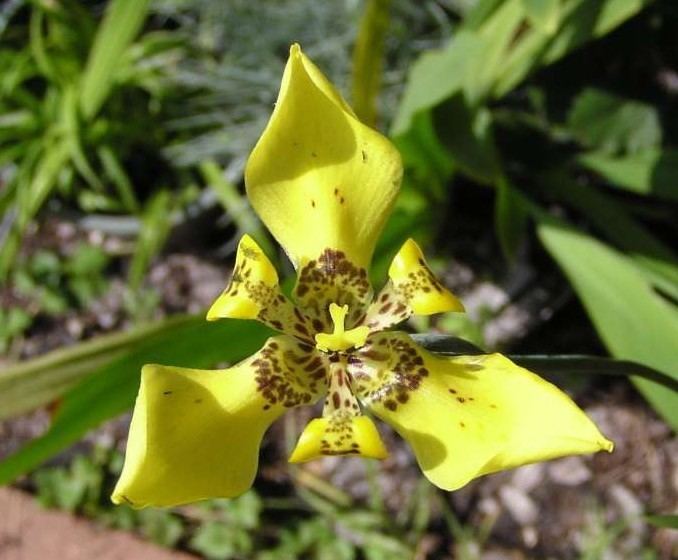 | ||
Similar Iridaceae, Neomarica, Cipura, Cypella, Trimezia steyermarkii | ||
Trimezia is a genus of flowering plants in the family Iridaceae, native to the warmer parts of southern Mexico, Central America, South America, Florida, and the West Indies. The genus name is derived from the Greek words tri, meaning "three", and meze, meaning "greater".
Contents
- Time lapse iris amarillo trimezia martinicensis
- Description
- Distinction from Neomarica
- Species
- References
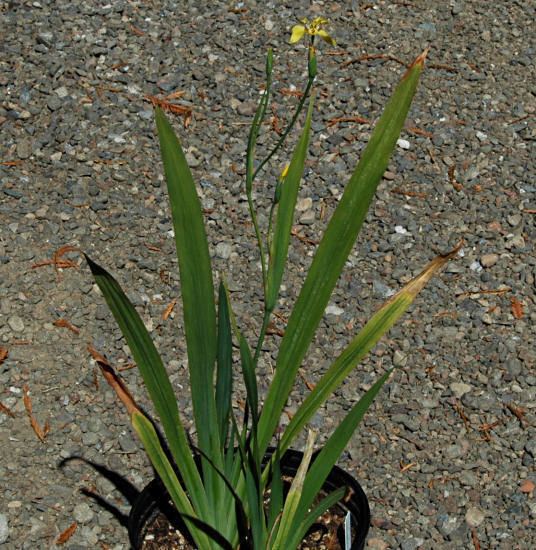
Time lapse iris amarillo trimezia martinicensis
Description
Trimezia typically grow in damp grassland.
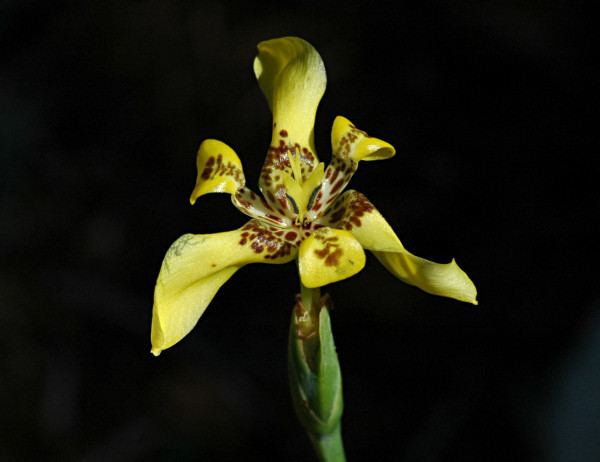
The rootstock is variously described as an elongated corm or a rhizome. Plants vary in height from about 7 cm (2.8 in) in the case of T. pusilla to 1.6 m (5.2 ft) in the case of T. spathata subsp. sincorana. Linear to lanceolate leaves grow from the base of the plant. Most species have flowers in some shade of yellow. The six tepals are arranged in two series. The outer tepals (sepals) are larger than the inner ones (petals); both may have brown-purple markings at the base. The stamens have free filaments (i.e. they not fused together or fused to the style). The style is divided into three branches, each of which usually has two lobes.
Distinction from Neomarica
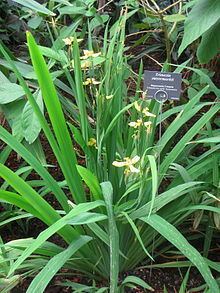
Trimezia is closely related to the genus Neomarica, and species have been transferred between the two genera. According to Chukr & Giulietti (2001), characters of the flowers do not clearly distinguish the genera, whereas vegetative characters do. Some which they consider diagnostic are shown in the following table.
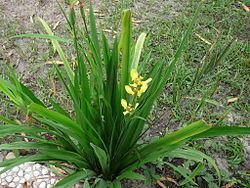
However, molecular phylogenetic studies have not upheld any of the genera within the tribe Trimezieae; three of the four main clades found all combine species from more than one genus.
Species
As of September 2014, the World Checklist of Selected Plant Families accepts 28 species of Trimezia.
Some former species which are now regarded as synonyms of those above include:
